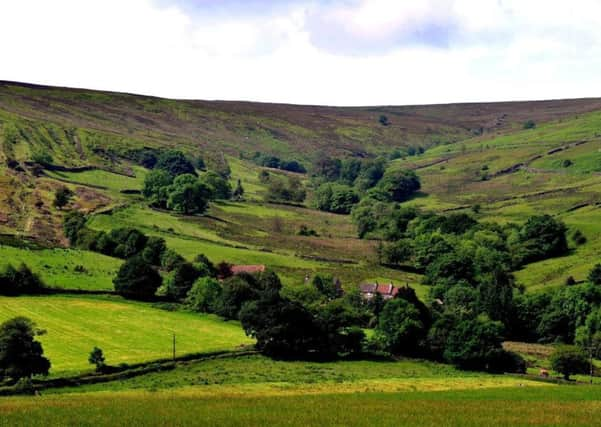National Parks '˜must pull socks up' to reverse habitat declines


Nearly three-quarters of all Sites of Special Scientific Interest (SSSI) in National Parks are in “unfavourable condition”, the Campaign for National Parks warns, saying that those in charge of protected landscapes must “pull up their socks” to reverse a worrying trend of decline.
In England, some 88.5 per cent of SSSIs in the North York Moors, 84.7 per cent in Exmoor and 83.9 per cent of the Peak District’s SSSIs are in unfavourable condition.
Advertisement
Hide AdAdvertisement
Hide AdThe North York Moors has the largest continuous expanse of moorland in England and Wales, with 44,000 hectares of SSSIs comprising of heathland habitat that support breeding birds.
In the Yorkshire Dales National Park, some 57,000 hectares or 26 per cent of its total area is designated as nationally or internationally important for wildlife but only 30 per cent of its SSSIs have reached ‘favourable’ condition.
There are more than 4,000 SSSIs in England covering about seven per cent of the country’s total land area and nationally, just over 61 per cent of all of those landscapes, are in an unfavourable state, research by the campaign found.
But according to television presenter Iolo Williams, the Campaign for National Parks’ vice president, National Park authorities have a responsibility to take the lead.
Advertisement
Hide AdAdvertisement
Hide Ad“The status quo isn’t good enough,” Mr Williams said. “National Parks need to urgently pull their socks up and turn around the unacceptable loss of nature from the Parks.
“We need landscapes that are alive with people and wildlife, buzzing with invertebrates and busy with bird life. Across the countryside we are facing a dire ecological decline, as special protected landscapes National Parks must set an example and lead the way forward.”
The Campaign for National Parks wants the Government to work with National Parks to pilot “a fundamentally different approach” to nature conservation which would move away from intense management of individual sites for specific species and focus instead on a landscape scale approach that prioritises natural, ecological processes.
The Government launched a review into the role of National Parks and Areas of Outstanding Natural Beauty last month.